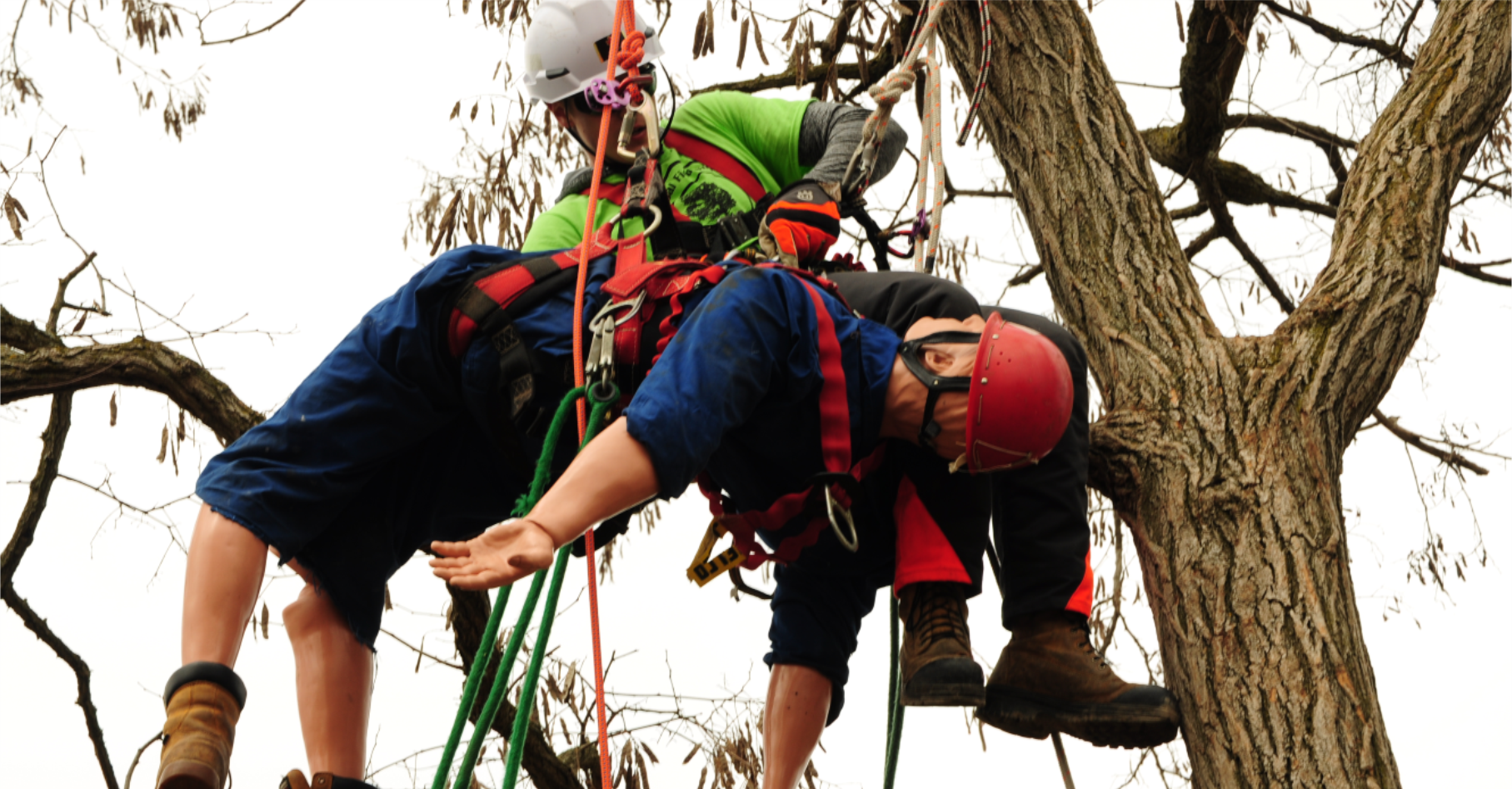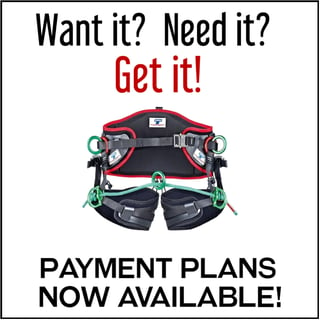Most Recent
Featured Stories

Subscribe To Receive Our Blogs
Popular Stories
Popular Tags
Arborist General Interest Business Arborist Gear Skills Training Events Tree CareIn many cases, a rescue can be achieved with absolute basics (rope, harness, lanyard) and be completely safe and efficient. These 10 selections are what I’d consider to be extras beyond the basics that don’t take up much space and offer versatile benefits for complex scenarios. Why limit yourself to 10 items? I’m not saying you should. Finding the right mix of rescue gear comes down to how you’ve practiced. And money.
1) Adequate number of double auto-locking carabiners in various shapes for various configurations. An oval may be ideal for one task (micropulley and hitch cord) and a pear might be ideal for another (Munter hitch). Most importantly, don’t limit yourself by not having enough locking biners.
2) An adjustable anchor sling can open a lot of options and save a great deal of time. Having the ability to place a secure false-crotch quickly can give peace of mind to a rescuer that may ultimately need to manage a 2-person load.
3) Spurs could make a big difference in the time it takes to access an injured climber where branches have been removed or where there are considerable heights between suitable branches. On vertical sections without branches to stand on, spurs can make a big difference on the rescue technician’s energy reserves by enabling work positioning control and comfort.
4) A throwball attached to the working end of your climbing rope can be key in hitting rope advancements that might be out of reach or just far enough that it might take a couple of tries to reach. This can save a lot of energy that may be needed later in the rescue.
5) An extra climbing hitch system (micropulley, 2 eye hitch cord, carabiners) can be used for a range of functions including mechanical advantage for lifting, a redirect for you or for a ground team, or to install a climbing system that is needed where one wasn’t available.
6) Loop runners in different lengths are highly useful: They are lightweight, they aren’t bulky, and are inexpensive. A few examples of applications are for anchor points, climber positioning aids, and for injured person positioning for comfort or for ease of egress.
7) Grippy gloves are as low-tech as it gets. Your hands are a key piece of equipment – gripping without slipping is vital. Minimizing pinch, crush and abrasion injuries means the rescue tech’s focus remains where it should be.
8) Foot or knee ascender (or both). Both items increase ascent efficiency and reduce fatigue on the climber. Both can be very helpful for input force on mechanical advantage, positioning, etc.
9) Pressure bandages should be on hand that are of a good quality and in good condition. Try different products out and find one that could a) be easily applied to an injured climber, and b) would provide an actual benefit in preventing blood loss.
10) A second available rope may be the difference between a rescue being managed in complete control, or a rescue that presents serious hazards to the injured, the rescuer or both. From a second rope you can secure large broken tree parts, build additional anchors, build second and thirds complete moving rope or stationary rope systems, enable tag lines for drifting, enable slide lines, etc.
- Gary Oaks



